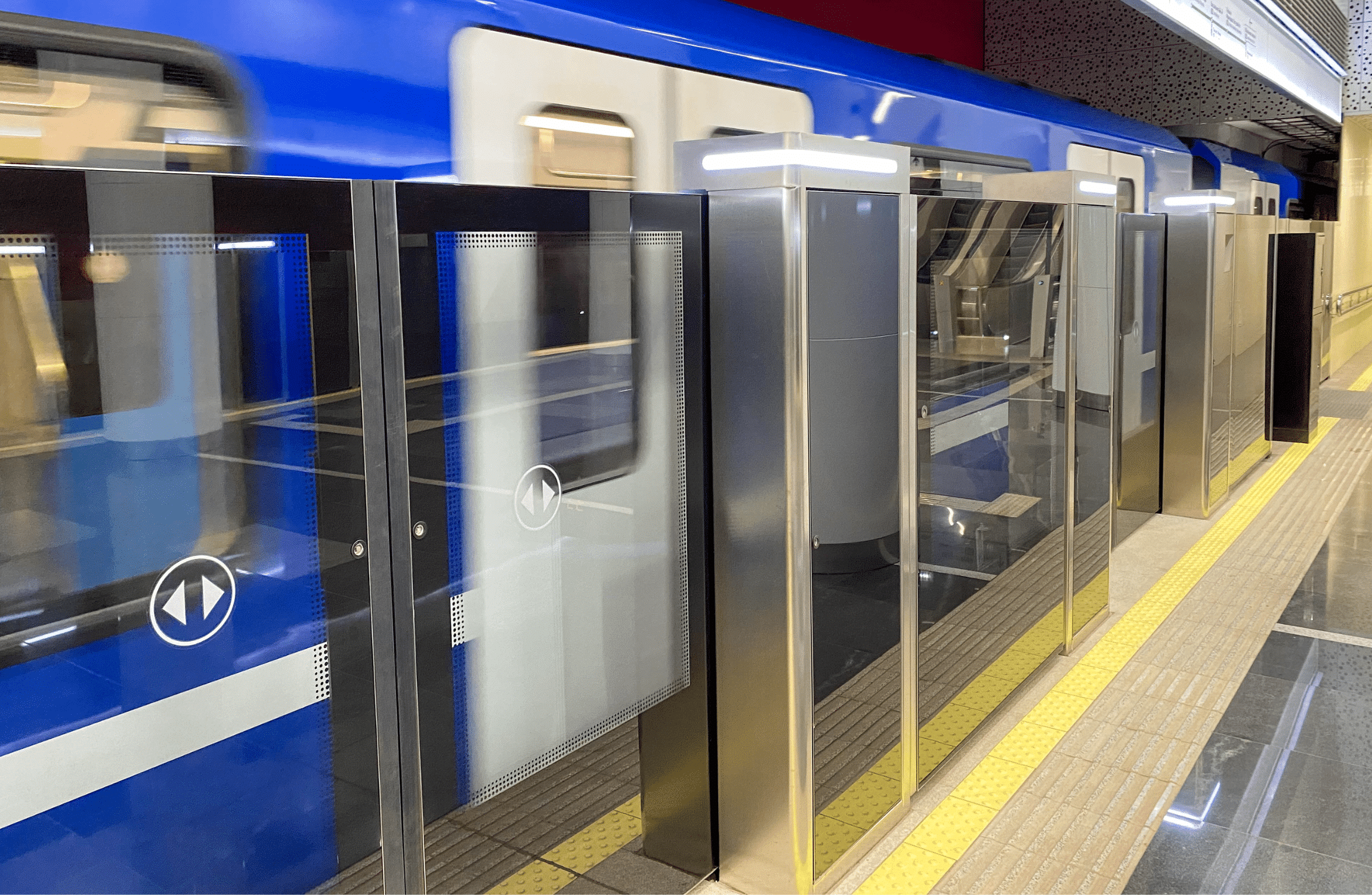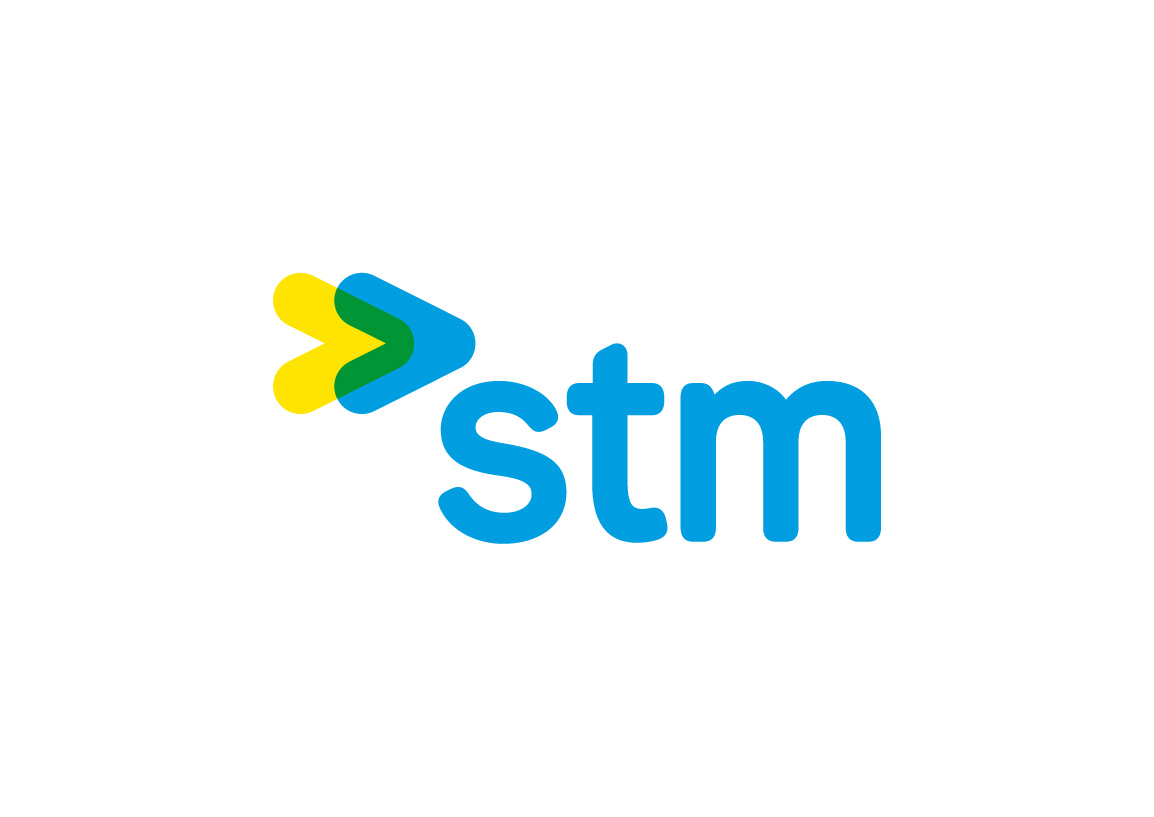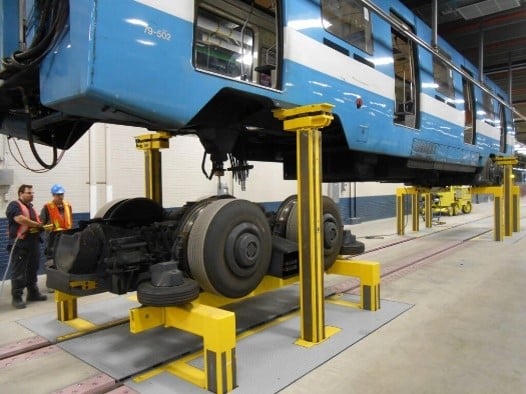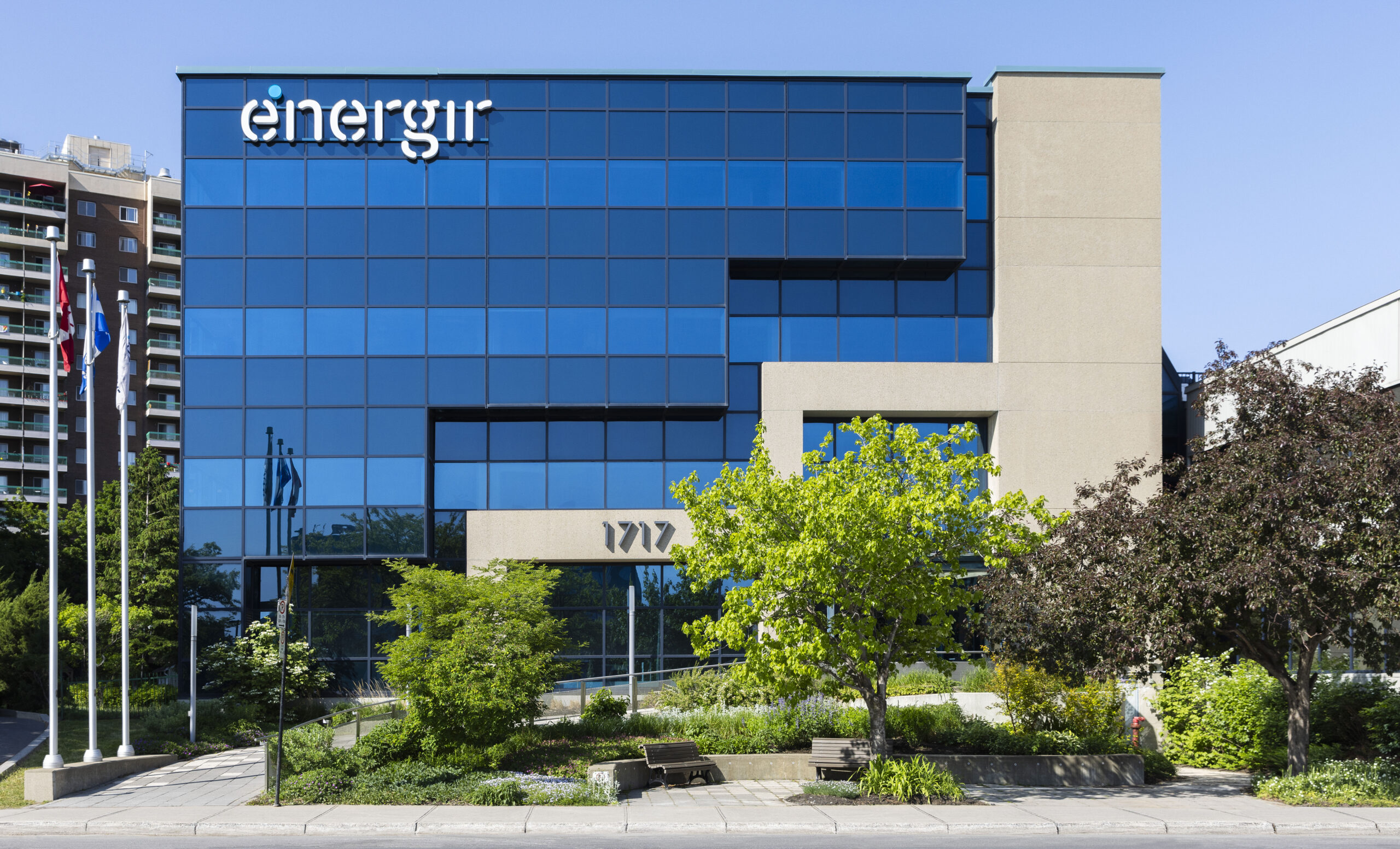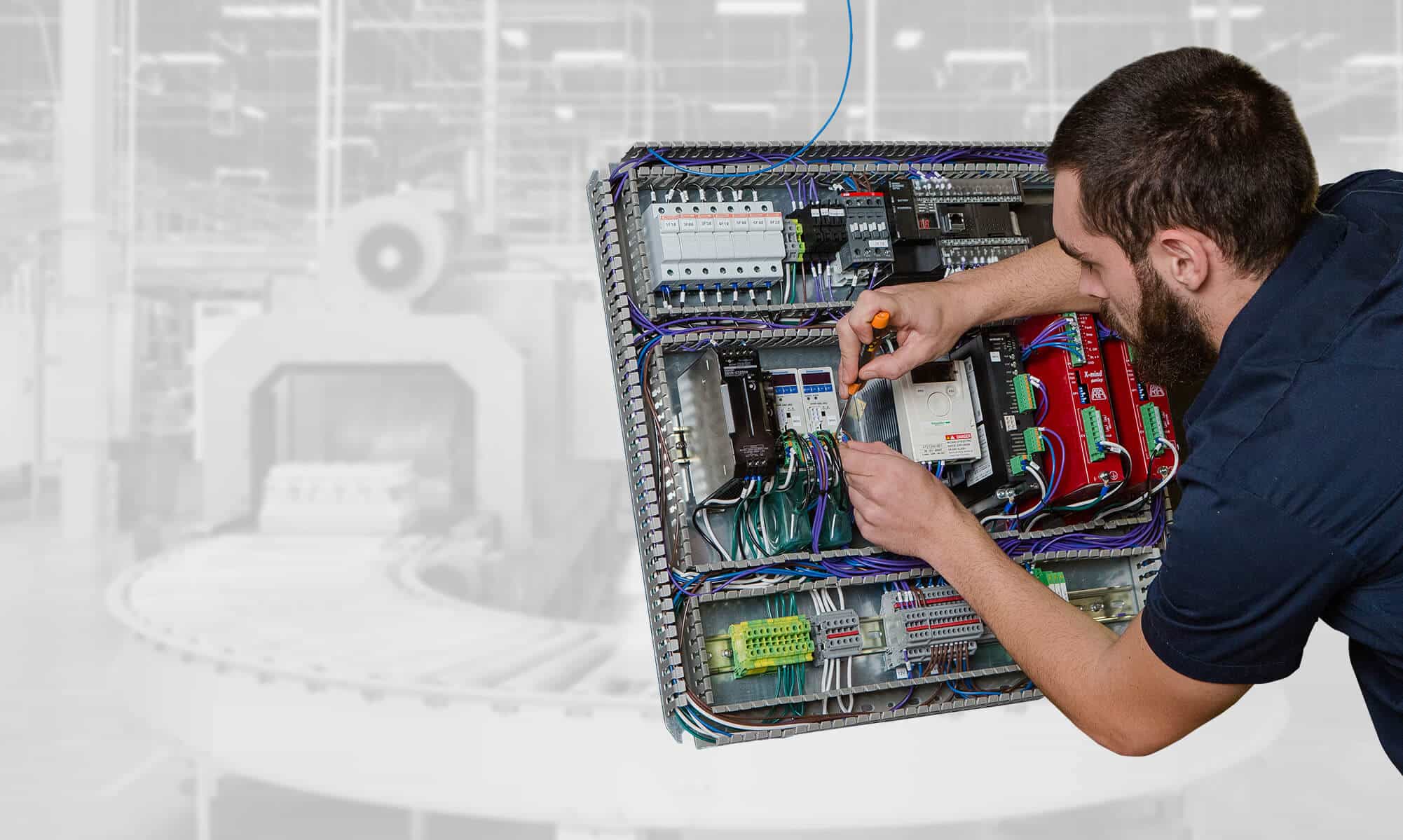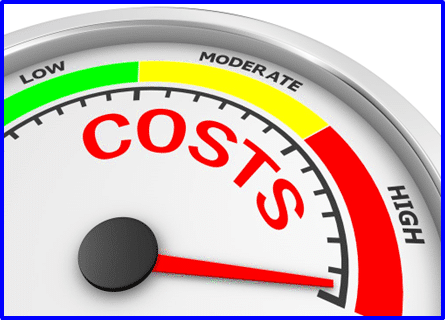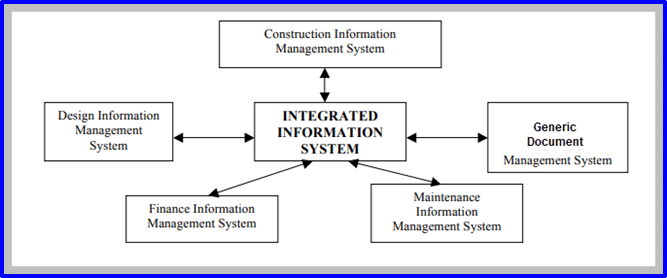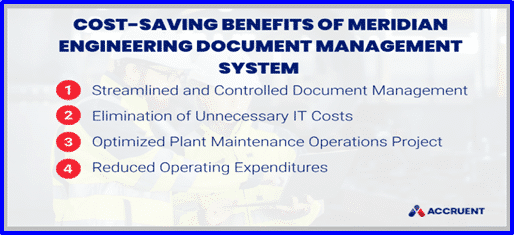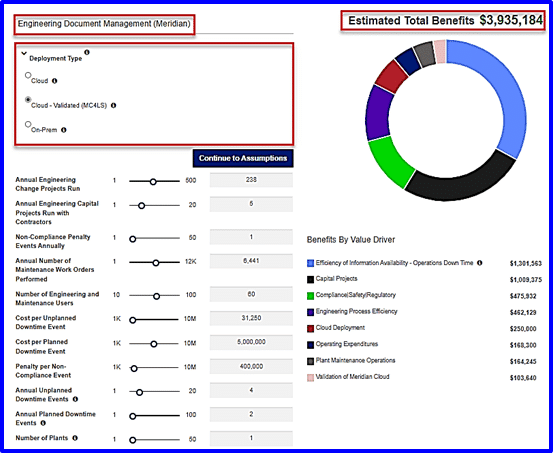In today’s rapidly evolving industries, from manufacturing to utilities, managing and leveraging complex engineering information is key to success. In this context, Accruent Meridian 2024 emerges as a robust solution to help organizations achieve compliance, improve efficiency, and manage asset lifecycle information.
Accruent has designed Meridian 2024 to cater to a wide range of industries, providing seamless access to accurate, up-to-date, and compliant engineering data. In this blog, we’ll explore how Meridian 2024 transforms asset and document management across sectors and how its interactive capabilities can streamline your operations.
WHAT IS ACCRUENT MERIDIAN 2024
Accruent Meridian 2023 is a comprehensive Engineering Information Management (EIM) solution designed to manage the complex, highly regulated documentation environments of various industries. Whether you’re dealing with critical infrastructure in oil & gas or managing compliance in pharmaceuticals, this tool offers:
- Centralized document management for all engineering assets.
- Version control and audit trail for regulatory compliance.
- Collaboration tools to streamline workflows across departments.
INDUSTRY-SPECIFIC BENEFITS OF MERIDIAN 2024
- Manufacturing: Accelerate Production with Real-Time Data
In the manufacturing sector, managing engineering data efficiently is critical to reducing downtime and improving operational efficiency. Meridian 2024 allows manufacturers to:
- Track asset changes in real-time, ensuring machines and production lines are always running optimally.
- Monitor equipment performance with easy access to updated engineering data, preventing costly breakdowns.
- Ensure compliance with industry standards and safety regulations via centralized document management.
Infographic:

oil & gas: improve DOCUMENT compliance and asset management
Oil & gas industries deal with complex regulations and harsh environments that demand top-tier asset management. Meridian 2024 provides tools to:
- Manage remote assets by ensuring all documentation is centralized, regardless of geographical location.
- Adhere to strict compliance standards with built-in audit trails and version control.
- Enhance safety through real-time access to engineering documentation, reducing human error in critical operations.
Pharmaceuticals: Maintain Regulatory ASSET & DOCUMENT Compliance with Ease
In highly regulated industries like pharmaceuticals, the margin for error is extremely thin. Compliance and safety are top priorities. Meridian 2024 enables pharmaceutical companies to:
- Streamline FDA audits by having every document, from equipment manuals to process validations, available at the click of a button.
- Maintain full traceability with a robust version control system that captures every change.
- Ensure consistent quality by making sure the latest approved procedures are easily accessible to the staff on the floor.
Case Study: AbbVie Accruent Meridian Case Study
Utilities: Enhance Asset & Document Lifecycle Management
In the utilities sector, companies must ensure that their infrastructure remains operational while complying with ever-changing regulations. Meridian 2024 offers:
- Improved asset lifecycle management by storing all relevant documentation in one platform, accessible from anywhere.
- Increased efficiency by reducing the time needed to find or update documentation for field operations.
- Regulatory compliance through audit trails it ensures accountability for every modification to an asset.
Diagram:

Meridian 2024 integrates project with operations documents & assets
Accruent Meridian 2024 goes beyond compliance and asset management. It also plays a crucial role in project management by integrating engineering documentation directly with your assets and equipment throughout the entire lifecycle of a project—from design and construction to operation and decommissioning. Here’s how:
- Streamline Project Documentation: Meridian 2024 provides a centralized platform to manage all documents related to project planning, design, and execution. All documents—drawings, schematics, and technical specifications—are linked directly to specific assets, ensuring that the most current information is always available.
- Efficient Collaboration: Large oil & gas projects often involve multiple stakeholders across different departments and external contractors. Meridian allows for easy collaboration, providing version control, document tracking, and approval workflows, ensuring that all parties are working with the latest, approved versions of documents.
- Seamless Integration with Assets: Meridian 2024 seamlessly integrates project documents with the operational assets they support. Once a project is completed, the as-built documentation, including manuals, engineering diagrams, and equipment data sheets, can be stored and linked to the respective assets within the system. This ensures that when maintenance or future upgrades are required, teams have instant access to the full historical record of each asset.
- Track Changes During Projects: One of the greatest challenges in oil & gas project management is tracking changes and ensuring all modifications are properly documented. Meridian 2024’s version control ensures that all changes to equipment, processes, and documentation during project execution are captured and traceable, helping to avoid costly errors or rework.
- Compliance Throughout Asset Lifecycle: Meridian ensures that regulatory compliance is maintained throughout the entire asset lifecycle, from initial installation to ongoing operation. Each piece of equipment or asset has its associated documents and history tracked in Meridian, ensuring that the necessary certifications, inspections, and maintenance records are always accessible and up to date.
FlowChart:

Key Features of Accruent Meridian 2024
- Centralized Platform: All engineering documents stored and accessible from a single platform, ensuring no information is lost.
- Version Control: Every change is tracked, making it easy to maintain compliance and traceability.
- Collaboration Tools: Collaborate across departments and locations, ensuring that engineering, operations, and maintenance teams work with the latest data.
- Audit Trails: Keep track of every action, modification, and decision, streamlining the compliance process.
Cloud & On-Premises Options: Meridian can be deployed in the cloud or on-premises, offering flexibility based on your organization’s needs.
How Meridian 2024 Drives Digital Transformation
Across all industries, digital transformation is a key focus. Accruent Meridian 2024 aids in this transformation by:
- Reducing manual tasks through automation of document management.
- Integrating with other enterprise systems such as ERP, CMMS, and GIS, providing a seamless digital environment.
- Enhancing decision-making by offering real-time, accurate data about assets, systems, and processes.
Quiz:

Why Choose Accruent Meridian 2024?
In a world where regulations are tightening, operations are becoming more complex, and downtime can cost millions, Accruent Meridian 2024 is an invaluable tool for any industry. It offers:
- Increased operational efficiency by providing the right information at the right time.
- Reduced risks by ensuring complete document traceability and regulatory compliance.
- Future-proofing your business with scalable solutions that grow with your company.
Ready to Implement Accruent Meridian 2024?
Whether you’re in manufacturing, oil & gas, pharmaceuticals, utilities, or another industry, Accruent Meridian 2024 can streamline your operations and improve your asset management. Learn more about how Meridian can benefit your organization by scheduling a personalized demo.
Conclusion
The future of engineering information management is here with Accruent Meridian 2024. By providing a centralized, flexible, and highly secure solution, it’s empowering industries to achieve compliance, reduce downtime, and drive efficiency. The platform’s robust feature set combined with industry-specific adaptability makes it a go-to solution for organizations looking to stay ahead in today’s competitive landscape.
To learn more about Accruent Meridian and how it can help your team, don’t hesitate to get in touch with the SolidCAD Meridian Team.



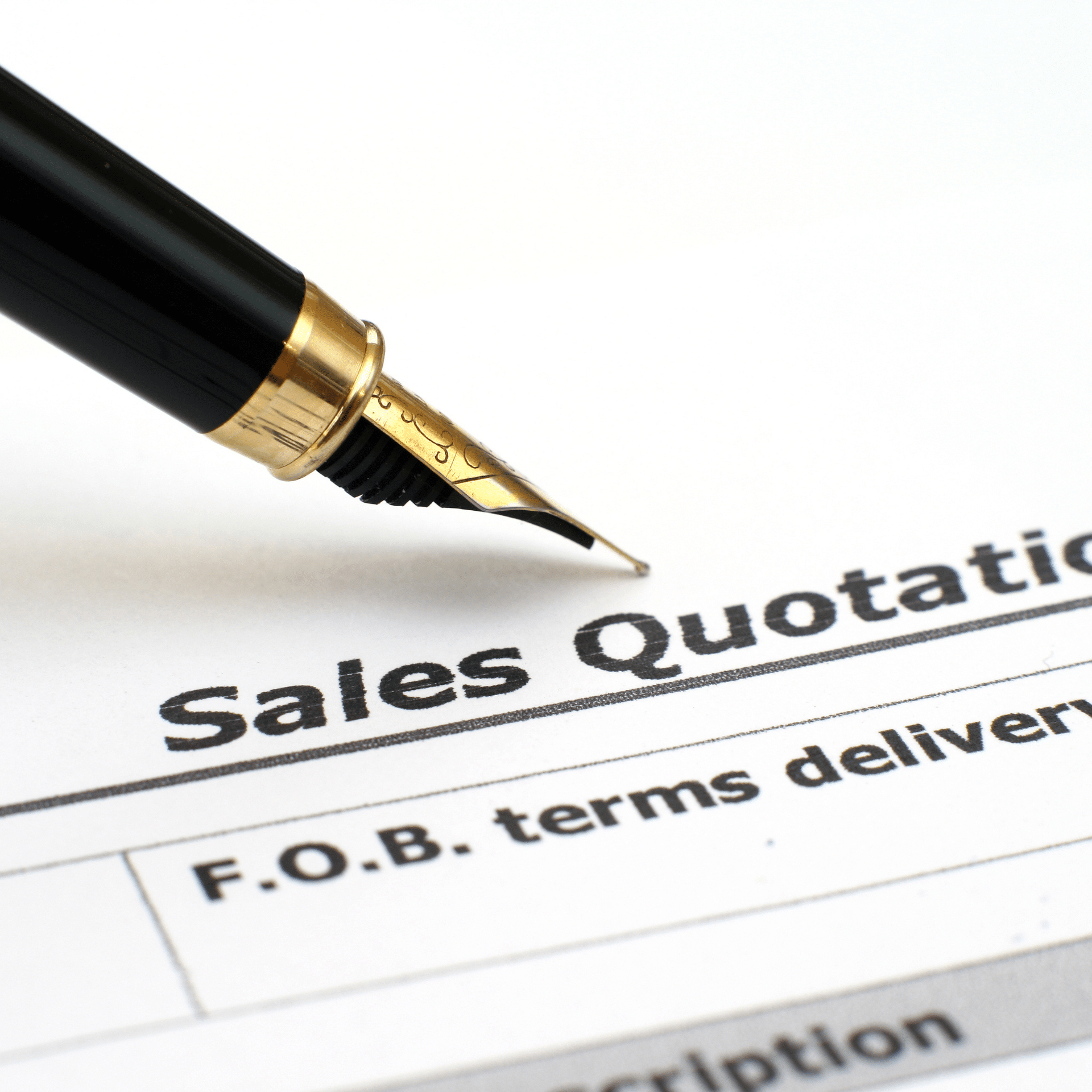




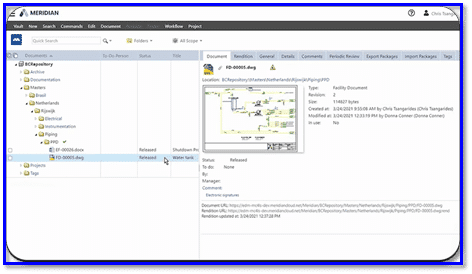
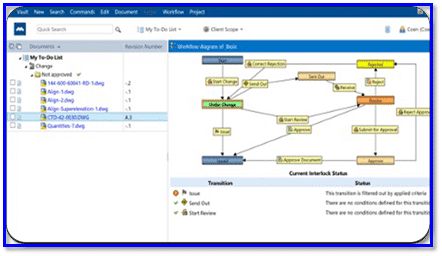
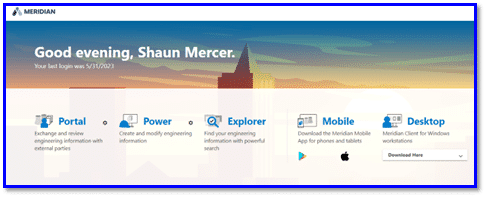
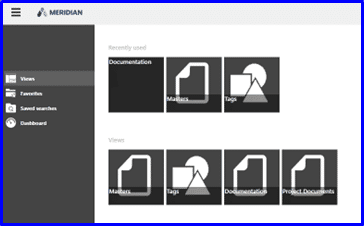

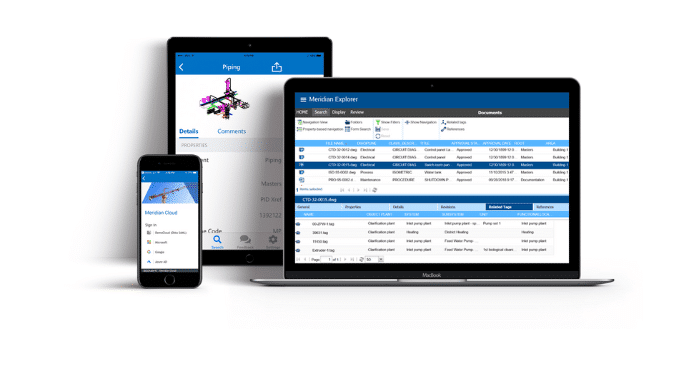 Benefits of Accruent Meridian
Benefits of Accruent Meridian